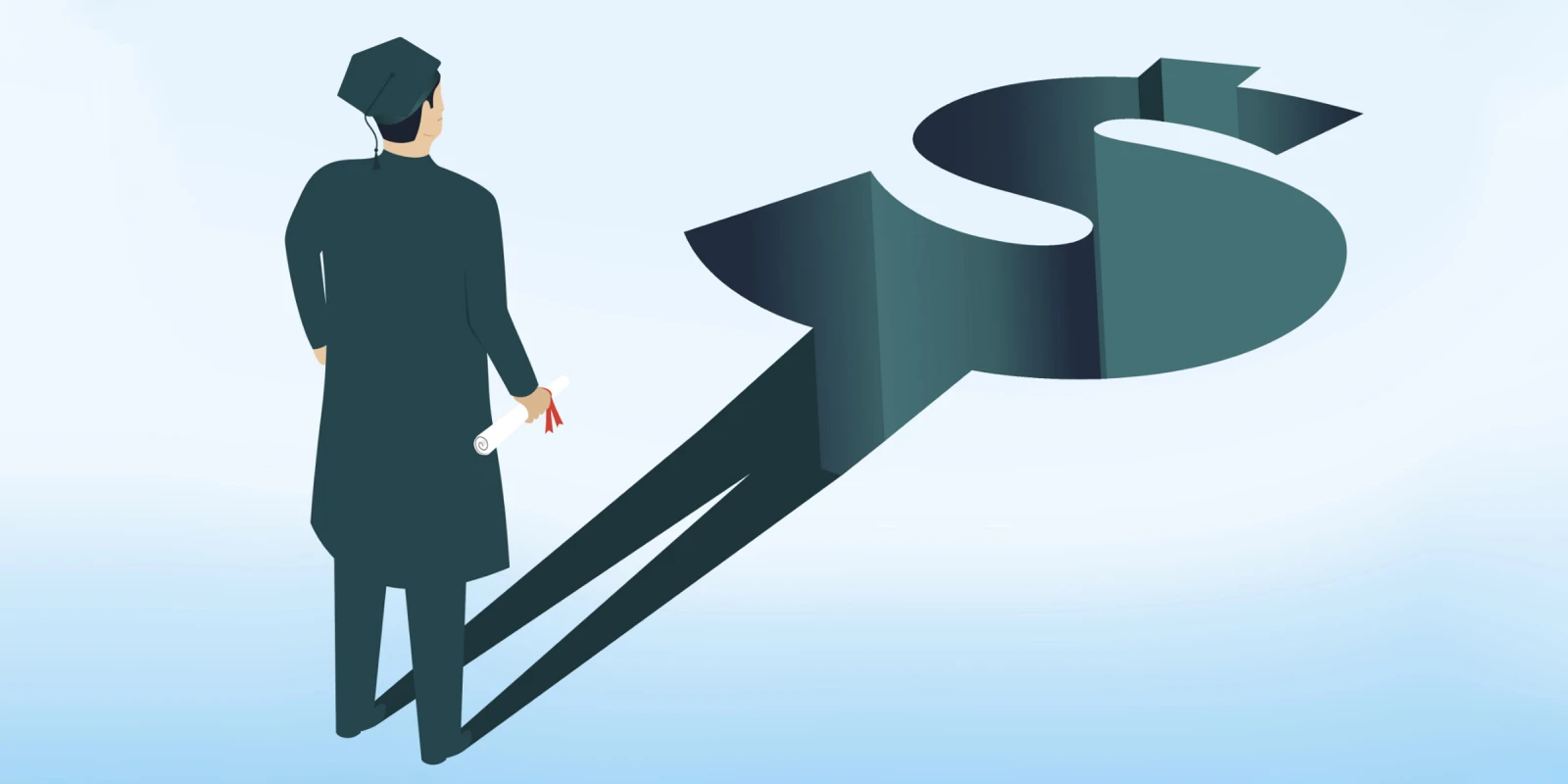In August, the White House announced a student loan debt relief program that offers a $10,000 credit toward most federal student loans. For medical school graduates, the amount is only a small percentage of the six-figure loan burden many are facing.
For many physicians, the topic of student loan forgiveness is just another hurdle on top of the daily demands of clinical work and research tasks. Dr. Daniel Carnegie, a resident physician in preventive medicine at University of North Carolina School of Medicine, told Doximity, “I have not applied for any student loan forgiveness programs. I am super busy all day every day and I wouldn’t even know where to begin my search or where to look for student loan forgiveness resources. A little help regarding this topic would be incredibly useful.”
Dr. Carnegie’s unfamiliarity is far from unusual. One of the most well-known programs, the PSLF, was first established in 2007 by Congress as part of the College Cost Reduction and Access Act. Although borrowers who have taken advantage of this program have had as much as $83,000 in loans excused, only 6.7% of borrowers actually apply for this program. Furthermore, of those applicants, 98% are denied because of application errors.
Below, Doximity unpacks the various additional student loan forgiveness programs that can help physicians and other clinicians. These programs (including Public Service Loan Forgiveness, National Health Services Corps Loan Repayment Program, National Institute of Health Loan Repayment Program, Indian Health Services Loan Repayment Program, and others at the state level) may offer substantial loan forgiveness in exchange for medical and psychiatric services.
Public Service Loan Forgiveness (PSLF)
Many physicians with student loan debt may qualify under PSLF guidelines because a large number of community hospitals, outpatient health centers, and clinics are considered not-for-profit entities; working for them often qualifies borrowers to have student loans dismissed. Applicants can verify whether or not their employer is eligible under PSLF criteria here.
In order to qualify for PSLF, applicants must meet the following criteria:
- Be employed full-time in the United States by a not-for-profit organization, or a federal, state, local, tribal, or military agency or organization
- Have Direct Student Loans (or must have consolidated all federal student loans into a Direct Loan)
- Have repaid student loans through the income-driven repayment plan; and must have made 120 qualifying payments
Some of the requirements for the PSLF program have been waived until October 31, 2022 in an effort to allow more borrowers to qualify for loan forgiveness. The PSLF waiver may:
- Increase the total number of qualifying payments that were excluded under previous rules
- Include employment that was not previously considered
- Allow older loan types to be considered for dismissal (FFEL Program Loans, Federal Perkins Loans, or other federal student loans) by consolidating them into Direct Loans
A complete list of the PSLF waiver rules is available here.
State Programs
There are also state-specific programs that can help physicians and medical students with student loan debt and scholarships. The main goal of these programs is to provide health care to populations in rural and underserved areas in each state. In Michigan, for example, there is a state-sponsored program that pays physicians up to $200,000 in tax-free funds in exchange for a two-year commitment as a physician in state-specified hospitals and health care settings. A number of states offer these types of programs in exchange for a specified time commitment, and in some cases, such as in the California state program, the loan forgiveness may be up to $300,000.
Federal Programs
A common requirement for state student debt forgiveness programs is an employment commitment from one to five years, depending on the program. This also holds true for federal programs like the National Health Service Corps Loan Repayment Program (NHSC), and Indian Health Services Loan Repayment Program, which offer student loan forgiveness in exchange for physician services in areas with limited access to medical care.
Physician researchers can also apply for an NIH program similar to NHSC that offers loan forgiveness to this group specifically. Instead of clinical services, the NIH program requires service in NIH-driven biomedical and biobehavioral research. Much like the NHSC, the NIH program requires a set time commitment to NIH-driven research service, with loan forgiveness amounts up to $50,000 per year.
There are many options available for student loan forgiveness, with programs that may offer substantial amounts in exchange for public service commitments to areas in need. As Dr. Luis Padilla, associate administrator of the Bureau of Health Workforce in Rockville, Maryland, told AMA’s Moving Medicine: “The program is impacting not just the debt relief for these clinicians but their opportunity to provide quality competent care to these communities.”
Image by enisaksoy / Getty






